IFIWERETOWRITEMYBLOGPOSTSTHEWAYTHEANCIENTGREEKSANDROMANSDIDYOUWOULDFINDIT
[If I were to write my blog posts the way the ancient Greeks and Romans did you would find it]
Very difficult to read. With no punctuation, only uppercase and no lowercase letters, texts were meant to be read aloud by those few who could decipher such writing.
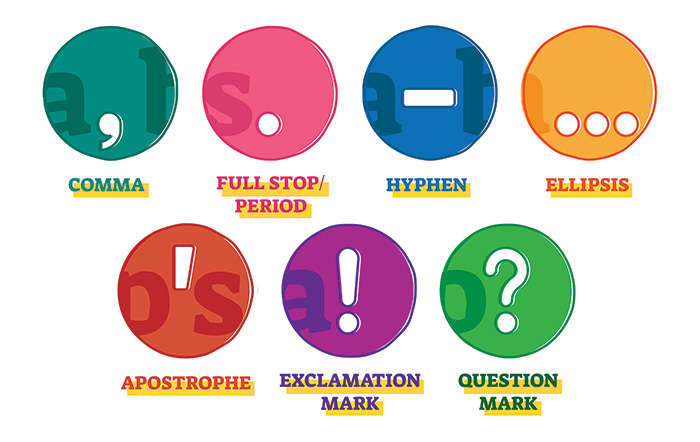
It’s curious to think that early writing was primarily meant to be read aloud because even today it’s common to use phrases such as “The newspaper said that … ” Or “The book says …” “His letter says …” In fact, we don’t normally express ourselves with such words as “The book reads that …”
In those ancient days, there were not even the period marks [.] or as British writers call them, “full stops,” to break up sentences. It was a 3rd Century BCE librarian (are not librarians always helping people to read?!) named Aristophanes — the chief of the famous Alexandrian Library — who introduced what we have come to know as periods and commas.
That said, it took Irish and Scots Christian clerics — in the 6th Century — with their emphasis on the Book—and frustrations with Latin — that brought punctuation forward. Then King Charlemagne (8th century) who ruled over much of what is today modern Europe, directed the monk Alcuin to create an alphabet so his far-flung, multi-language subjects could read his Latin directives. Aside from punctuation reform, Alcuin introduced lowercase letters.

To proofread my own work I use opposite historical ends of the writing spectrum: I read the text aloud and use my computer’s spell-checker.
There are a number of key books about writing that consider punctuation, which you might consider and use. William Strunk and E.B. White’s (he of Charlotte’s Web) classic The Elements of Style is still of great use.
Another fine and clever book—and more recent—is Dreyer’s English: An Utterly Correct Guide to Clarity and Style. Benjamin Dreyer was copy chief of Random House.
You might not think such a title is delightful to read, but this one absolutely is. He even has a chapter called The Realities of Fiction which I recently reread and that had me rushing back to my current project.
The British writer Lynne Truss wrote a wonderfully funny book titled Eats, Shoots & Leaves, which is about punctuation.
I was so taken by the book that when I wrote A Beginning, A Muddle, and an End, I could not resist writing:
“Avon, don’t forget all I said. You must not! Speak the truth about what happened! Things will be better, I think. To lie about the truth, it never helps.”
Then I added:
“Avon! Don’t! Forget all I said! You must not speak the truth about what happened! Things will be. Better, I think, to lie. About the truth … it never helps.”
My favorite story about punctuation (can one have a favorite story about such a subject?) pertains to Roald Dahl.
Many years ago I was visiting my publisher’s office (Pantheon Books) waiting to see my editor. For a few moments, I had been parked in the copy editor’s office. Being curious, I glanced over at her desk to see what she was working on. Lying there was a typewritten manuscript by Roald Dahl — I am sorry to say I don’t remember the title.
Face up on the title page, in pencil, were scrawled these words:
God damn it! When I write … I mean …
Dahl.
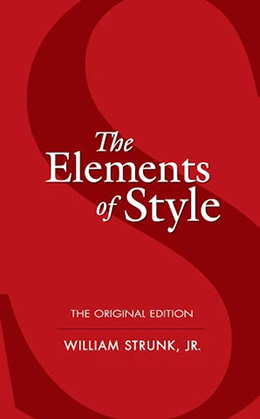
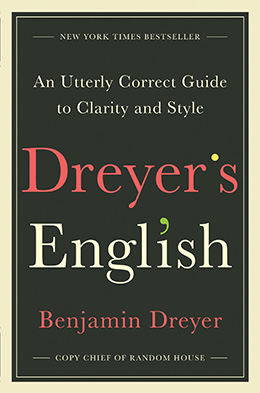
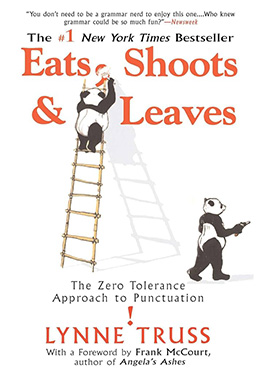
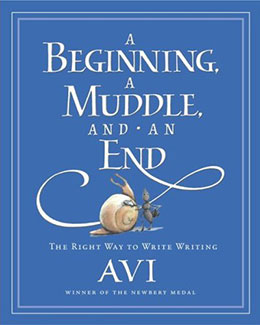
2 thoughts on “Full Stop!”
Love this. I remember reading the picture book version of Eats, Shoots and Leaves to my 4th grade class. It was hysterical.
I have Elements of Style. I should check out these other sources. Of course I have to remember to refer to them — especially when I get confused as to when you use an em- dash or an en-dash.
I was an exchange student in Australia and had been in my first English class not five minutes when we were told to copy a sentence our teacher read aloud. She ended it all with “full stop.” I had no idea what that meant! I figured it out, but wow, that was a new one to my fifteen-year-old ears.